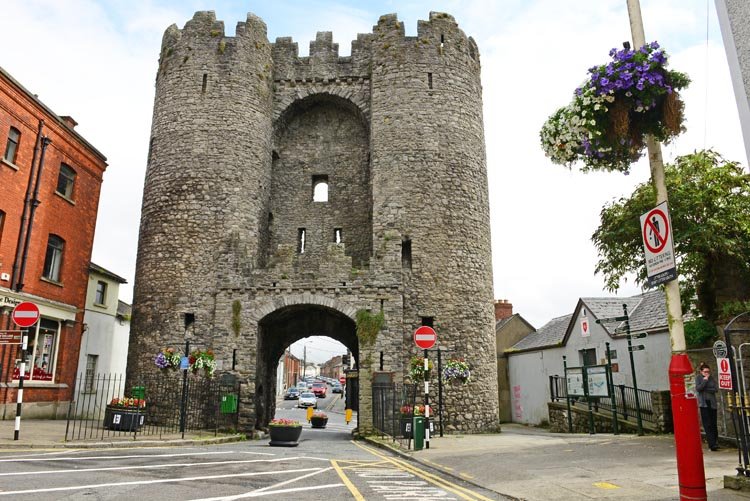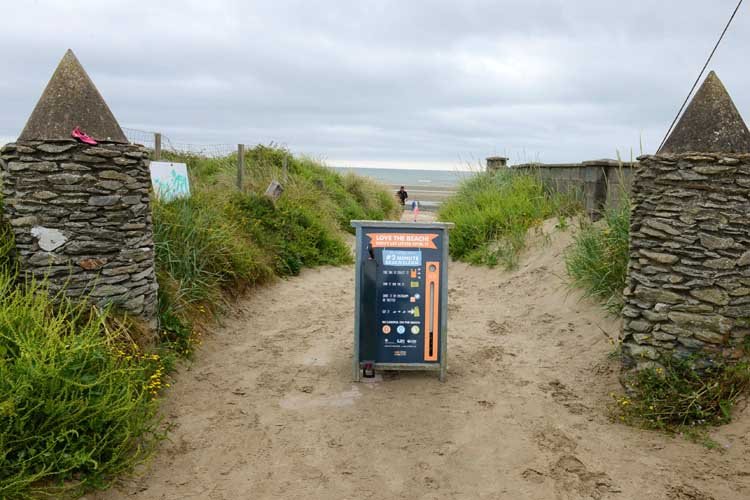Six years ago next month Laurence’s Gate was closed to traffic following a determined public campaign but so far, apart from installing large flower pots and removing railings on the West side of the gate, not a lot has been done. That may well be about to change however.
In response to queries from Drogheda Life, Louth County Council have said that they are advancing plans to enhance St. Laurence’s Gate with the creation of a new plaza civic space, which aims to enhance the Barbican and illustrate its history.
The Gate is visible from distant views of Drogheda and across much of Drogheda’s townscape. It is arguably the most iconic remaining structure that signifies the establishment of Drogheda as an Anglo-Norman town.
In their statement, Louth County Council states: “The project, which is part of the public realm vision for Drogheda, will include the history and social history of St. Laurence’s Gate illustrated in outline on the pavement, using different finishes and sizes of natural stone pavement.
“Crucially, the plans will enable the space occupied by the Barbican, the area immediately around St. Laurence’s Gate, to remain open and adaptable.
“Original town walls would have continued north from Featherbed Lane to connect with the inner gate (no longer existing). The proposals include the reflection of the stylised outline of the original walls to feature on the paving in the plaza.
“The Gate would have been flanked by a Guard House and a Toll House, which will also be outlined in the pavement of the new civic space, illustrating the supporting structures that stood ‘inside’ the Barbican.

“The traffic management strategy will allow for maintenance and emergency vehicles to access the area around St. Laurence’s Gate on occasion, when required and for residents to access houses and apartments using the current route from St. Laurence’s Street to Featherbed Lane.
“The road at St. Laurence’s Gate plaza is a continuous shared surface with the main flow of traffic (at present coming in a one-way stream from St. Laurence’s Street) separated with bollard lights. The shared surface area is approached by vehicles over a raised table of ‘rumbled’ stone cobbles and tactile paving will be included.”
The Council also pointed out that works are for the creation of a civic space at St. Laurence’s Gate only, and will not involve any works to the Gate itself which are the responsibility of the Office of Public Works.
A spokesperson for the OPW said that while they are not aware of any specific works proposed for the plaza adjacent to St. Laurence’s Gate, they will be happy to engage with the Local Authority on its plans for this area with reference to protection of the National Monument.




